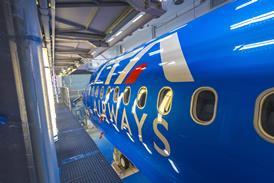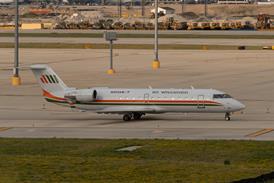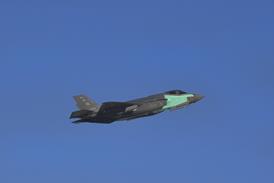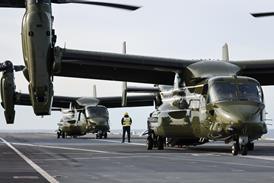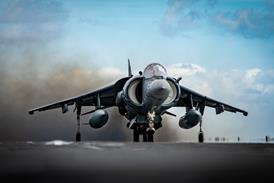NASA has stopped a study it commissioned from the Aerospace Corporation that would have informed the US space agency’s flight test planning for the Ares I crew launch vehicle and its Orion crew exploration vehicle, but has been unable to explain why the work ceased.
According to an Aerospace source, the commissioned study, which took place in 2007, was being carried out simultaneously with an internal NASA report and dealt with the Constellation programme’s Ares I ground-test requirements.
Aerospace had been commissioned to carry out the study because in 2005 it had completed an assessment of past human spaceflight programmes for NASA, which concluded that the full-scale ground testing of launchers was key to flight-test successes in programmes from Mercury to the Space Shuttle. The follow-on ground-test requirements study was therefore viewed as an important contribution in developing a flight-test plan for Ares I.
“We completed aspects of the study, but not the entire study as we envisioned. We provided NASA what we had, but received no authorisation or request to proceed with further development of the study,” says Aerospace.
In an interview in February with Flight, Doug Cooke, deputy associate administrator of NASA’s Exploration Systems Mission Directorate, which is responsible for Ares’ development, said he did not know why the study was stopped. Subsequent enquiries to NASA about this study’s cancellation have not been answered.
Despite these internal and external studies NASA already has a public flight-test plan and since the agency’s fiscal year 2008 budget proposal, published in February 2007, it has seen changes.
According to the agency’s multi-programme integrated milestone schedules, the Orion launch abort system’s (LAS) ascent abort tests have been cut from four to three; the second renamed Ares test flight, I-Y, now has a dummy upper stage instead of an active one; and the agency’s confidence level for carrying out the first four Ares, Orion launches has slipped from 65% to 33%; although the initial operational capablity flight has shifted from the fourth to the second flight. The fourth flight is now considered a demonstration of full operational capablity.
In 2006, NASA’s then crew launch vehicle implementation office manager Charles Cockrell told Flight that the test plan could see additional flights as tests progress.
The ascent abort tests will use a retired Peacekeeper missile stage to loft a dummy Orion capsule and its LAS. This follows recommendations from Aerospace’s 2005 human spaceflight programme assessment that there was a need for a new Little Joe II rocket to act as a sub-scale launch vehicle testbed. Little Joe II was used in the Apollo programme to test the Saturn V’s LAS.
Source: FlightGlobal.com


